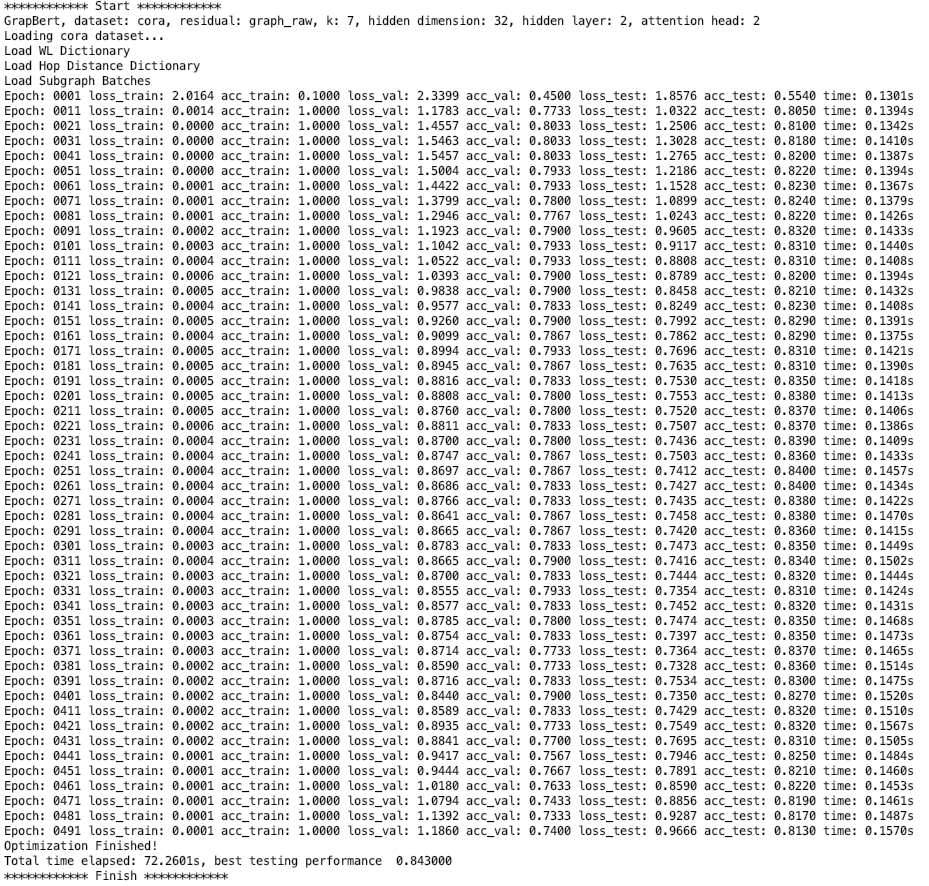SEGEN: Sample-Ensemble Genetic Evolutional Network Model
Deep learning, a rebranding of deep neural network research works, has achieved a remarkable success in recent years. With multiple hidden layers, deep learning models aim at computing the hierarchical feature representations of the observational data. Meanwhile, due to its severe disadvantages in data consumption, computational resources, parameter tuning costs and the lack of result explainability, deep learning has also suffered from lots of criticism. In this paper, we will introduce a new representation learning model, namely "Sample-Ensemble Genetic Evolutionary Network" (SEGEN), which can serve as an alternative approach to deep learning models. Instead of building one single deep model, based on a set of sampled sub-instances, SEGEN adopts a genetic-evolutionary learning strategy to build a group of unit models generations by generations. The unit models incorporated in SEGEN can be either traditional machine learning models or the recent deep learning models with a much "narrower" and "shallower" architecture. The learning results of each instance at the final generation will be effectively combined from each unit model via diffusive propagation and ensemble learning strategies. From the computational perspective, SEGEN requires far less data, fewer computational resources and parameter tuning efforts, but has sound theoretic interpretability of the learning process and results. Extensive experiments have been done on several different real-world benchmark datasets, and the experimental results obtained by SEGEN have demonstrated its advantages over the state-of-the-art representation learning models.
PDF Abstract



 MNIST
MNIST